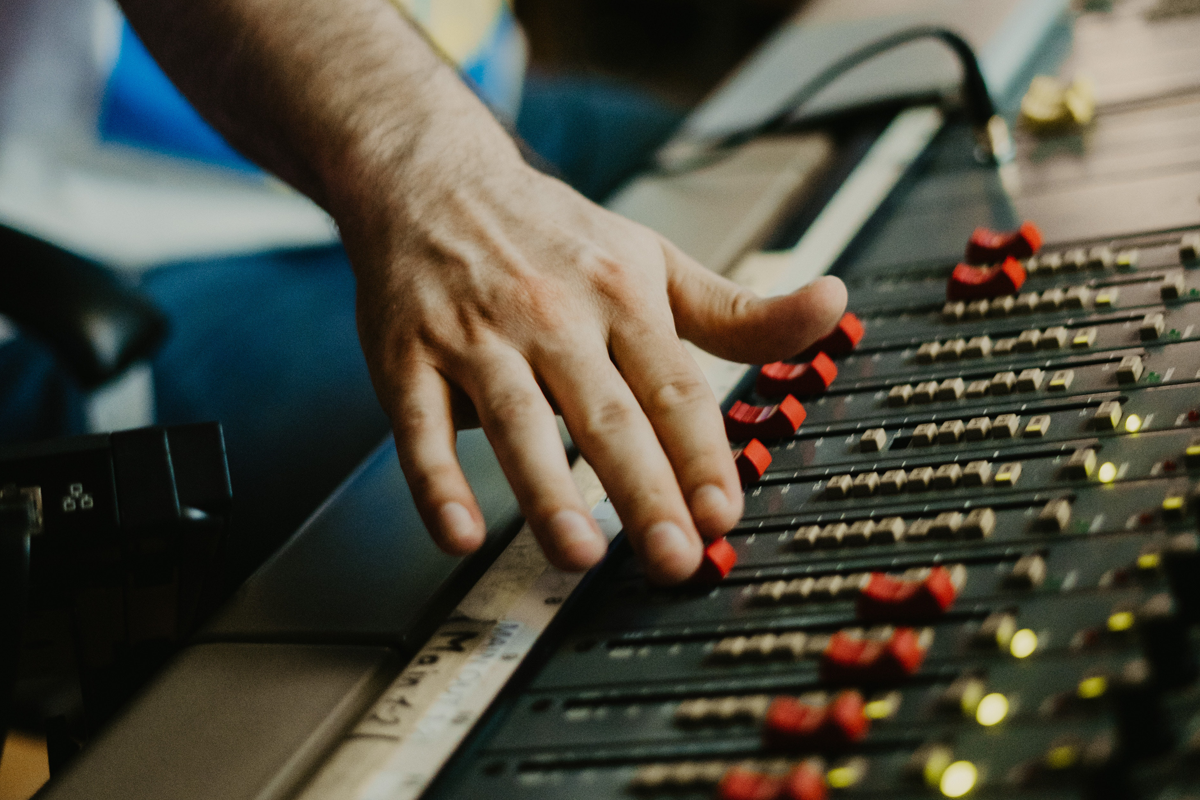
One of the most important tools in the toolkit of an audio engineer is reverb. Depending on the desired effect, it can be used to produce a realistic acoustic atmosphere for mixing, give depth and texture to your music, and change the sound of the drums so that they sound either more natural or artificial. Both hardware and software reverb units can be utilised to accomplish the same goal: giving your audio a believable ambience.
Mixing drums
When it comes to mixing drums and other percussion instruments, reverb is essential in adding atmosphere and realism to the sound. When recording with microphones, some natural room ambience will be present in the signal, making it sound more organic and realistic. When recording with drum machines or samples, however, there is often little to no room ambience present in the signal. This is where reverb can be used to add a natural sounding acoustic environment to the track and some added depth and dynamism.
When mixing drums, it is important to understand how much reverb you want to use and what you are ultimately trying to achieve. Too much and your drums will sound muddy and lack clarity, while too little and your drums may sound unnatural and sterile. Generally speaking, you want to use a relatively short reverb time with a low, wet/dry mix ratio. This will add some natural ambience to the signal without making it sound overly reverberant or muddy.
Using drum samples
When using drum samples, it is important to consider how they will fit in the mix. If you are using a drum kit sample, it is important to pay attention to the balance between each of the elements within the kit. Depending on your desired effect, you may want to use more reverb on certain instruments than others. For example, if you are mixing acoustic drums for a live feel, you may want to use more reverb on the snare and cymbals than on the kick drum and toms for a natural sound.
Multiple uses
In addition to using reverb for drums, it can also be used in other parts of a mix. When mixing vocals or acoustic instruments, reverb can add depth and texture to the sound without overbearing it. Likewise, when mixing synths or keyboards, reverb can be used to add a bit of atmosphere and realism. It is important to experiment with different settings and find the balance that works best for your mix. Also setting up a reverb bus will help give the track cohesion and consistency.
Reverb in your DAW
When using a Digital Audio Workstation (DAW), consider how much CPU power you are using for reverb. Many DAWs allow you to adjust the latency and buffer settings, which can help reduce CPU usage. It is also important to consider the parameters of your reverb unit; if you are using a high quality convolution reverb plugin with multiple impulse responses, it may be more taxing on your CPU than simpler reverb plugins.
Conclusion
In conclusion, reverb is a powerful tool for mixing drums and other instruments. It can be used to create an acoustic environment in which your drums will sit naturally, and it can also be used to add depth and texture to other aspects of the mix. When using reverb with drum samples or a DAW, it is important to consider the balance between reverb and dry signal, as well as the CPU usage of your reverb plugin. With the right settings, you can create amazing mixes that will sound professional and polished.
Here's a checklist to help with using reverb in your mixes.
-
Make sure the drum samples you are using are high-quality and properly recorded. Try Macdrum packs!
-
Use EQ to remove any unwanted frequencies from the drum samples before adding reverb.
-
Experiment with different reverb settings and presets to find the sound you are looking for.
-
Use a stereo reverb plugin to create a sense of space and depth in the drums.
-
Adjust the wet/dry mix of the reverb to get the desired sound, making sure not to overdo it and bury the drums in the mix.
-
Use a high-pass filter on the reverb to remove any low frequencies that can muddy up the mix.
-
Try using a pre-delay on the reverb to create a sense of distance and space without the drums sounding too washed out.
-
Experiment with different decay times to find the right amount of reverb tail for the drums.
-
Use automation to bring the reverb in and out at specific points in the song for added dynamics.
-
Make sure to reference the mix on different speakers such as studio monitors, headphones and other listening environments to ensure the reverb sounds good across the board.
Sources:
https://www.sweetwater.com/insync/mixing-drums-with-reverb/
